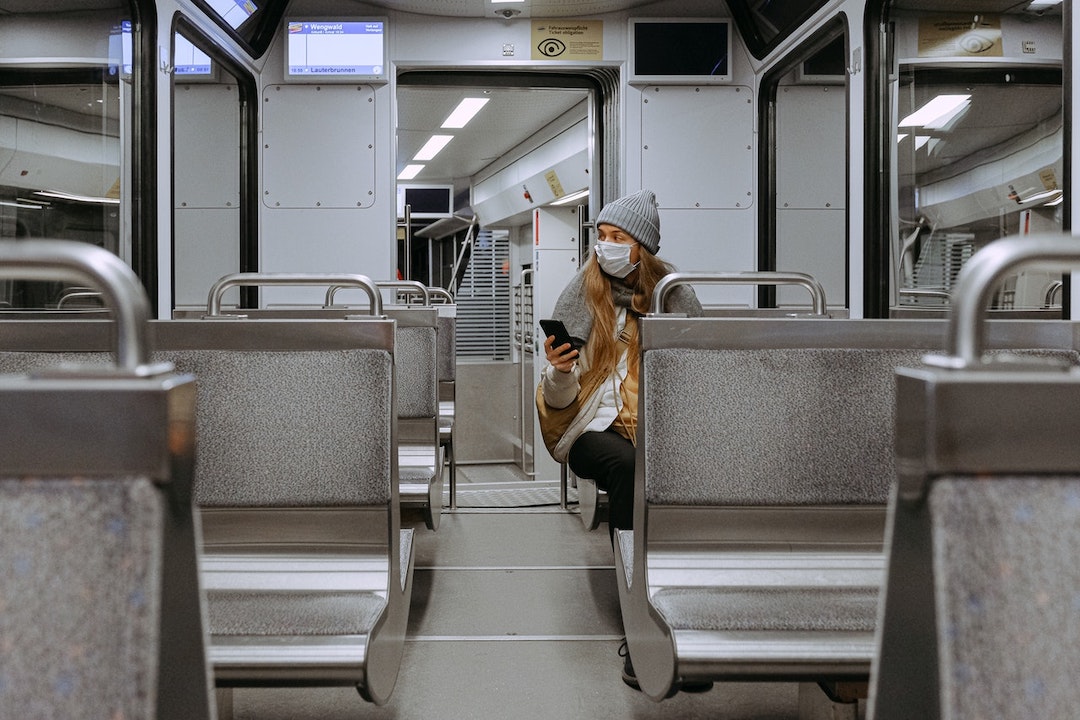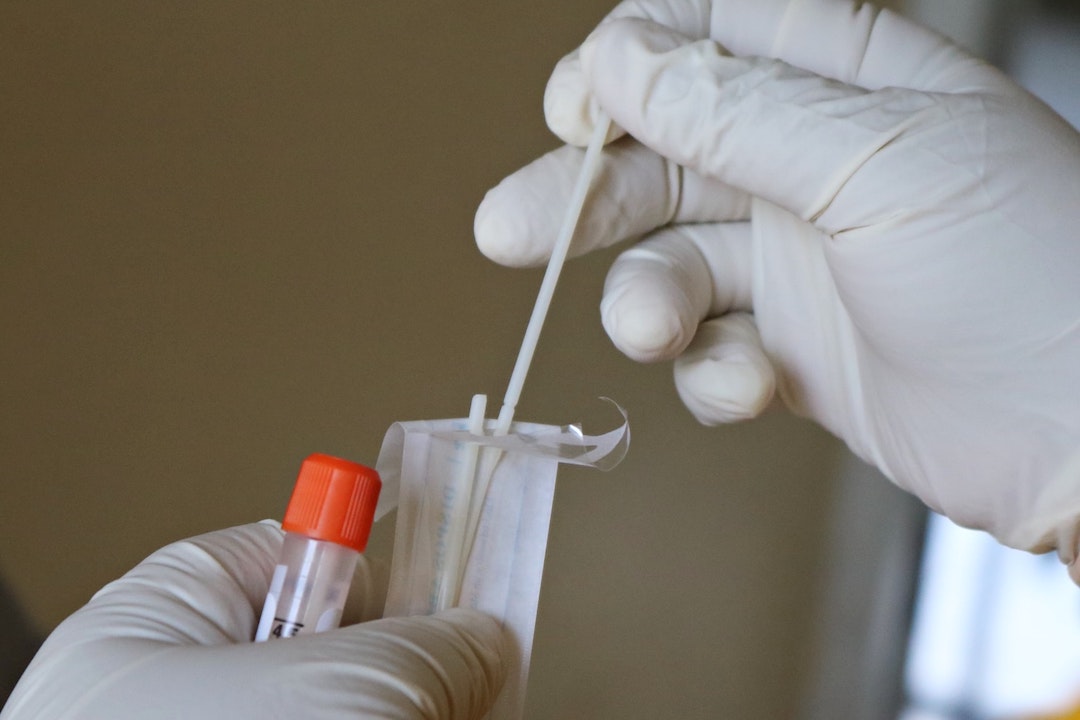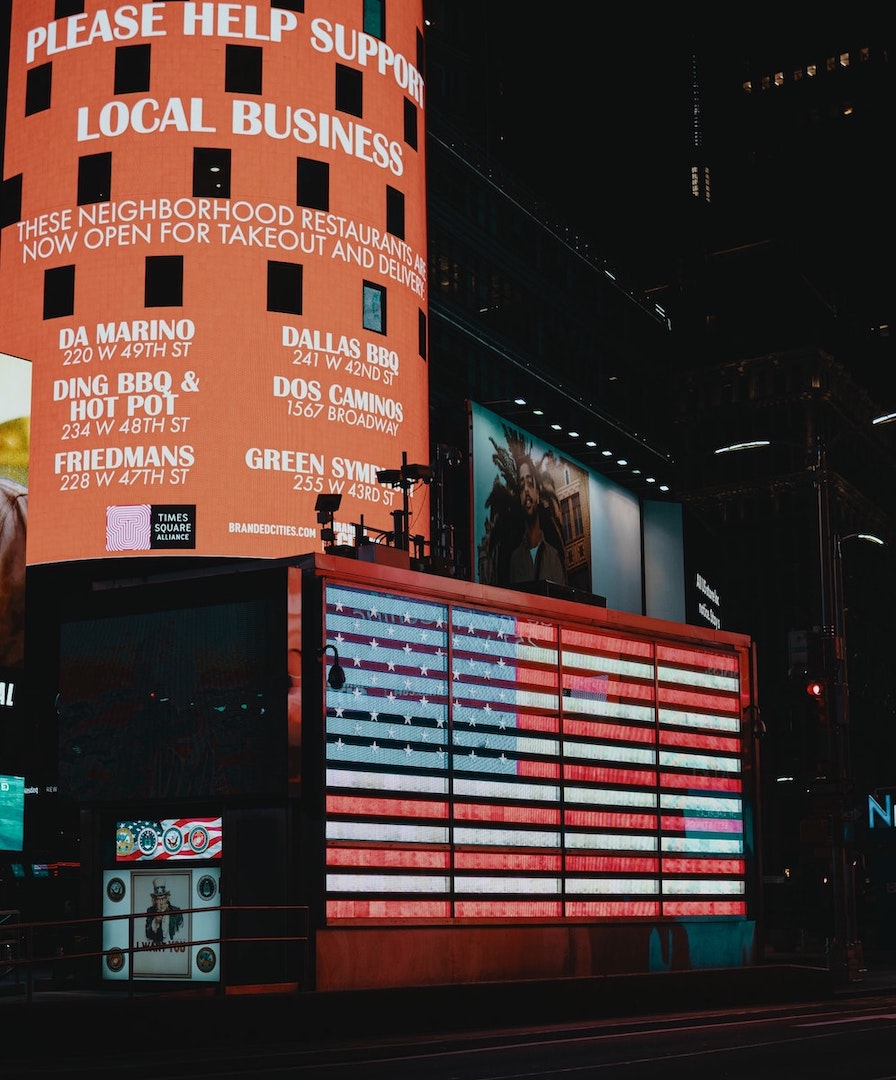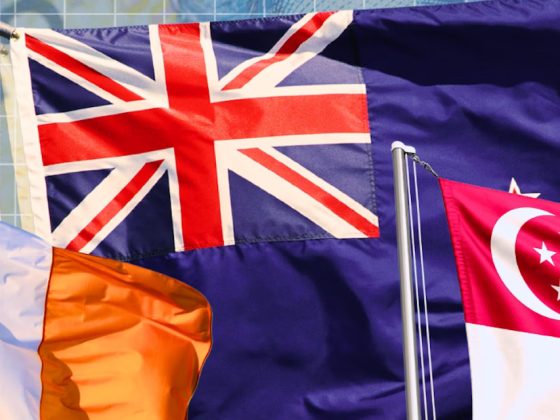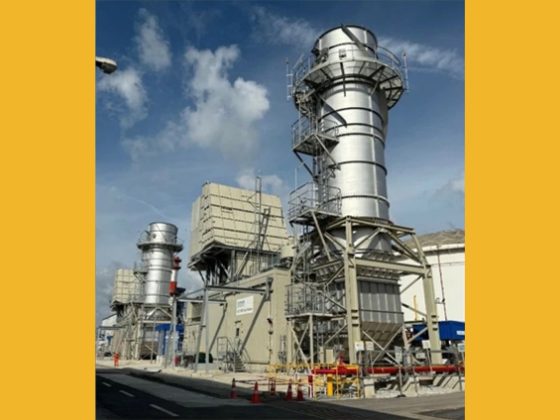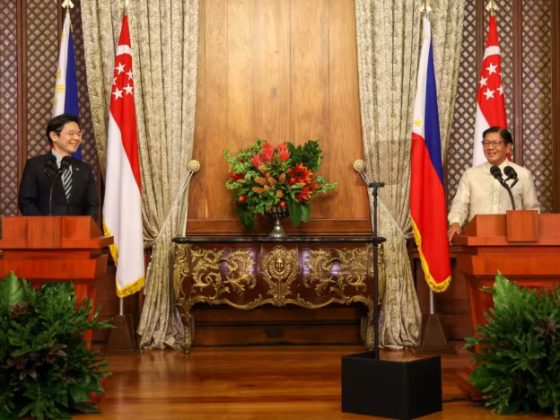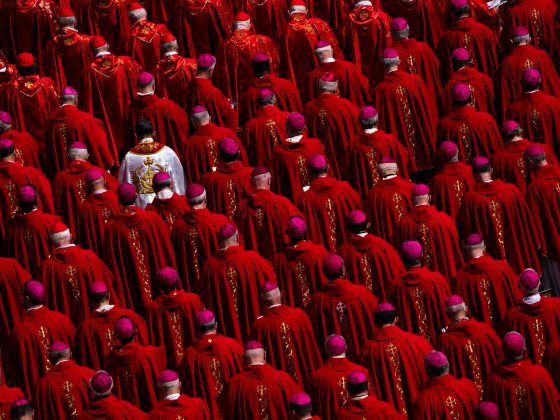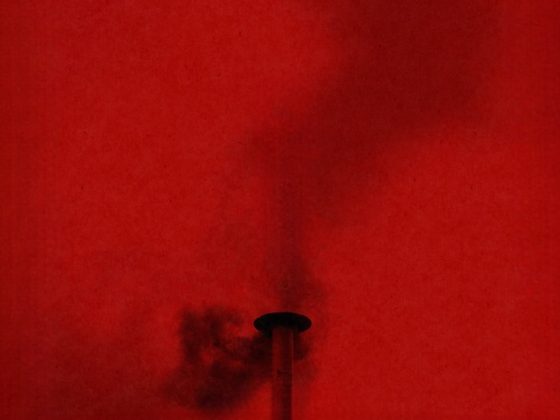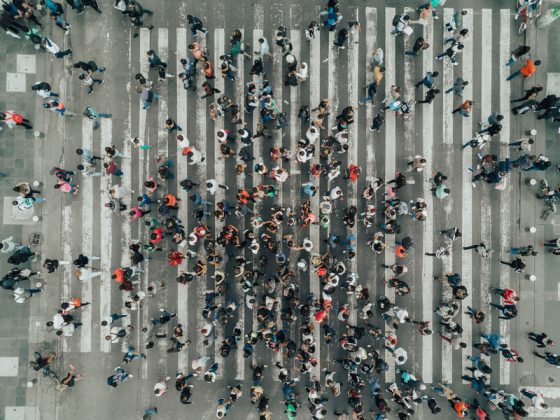As people around the world emerge from coronavirus lockdowns and return to work, the question of how to provide safe and sustainable public transport is becoming increasingly urgent. With the virus still circulating, many remain wary of using subways and buses. At the same time, operators need passenger numbers to return to healthy levels to maintain their networks. The only answer is to redesign public transport to make people feel safe. A series of recent surveys give us insight into the safety measures that really matter to passengers and could allow them to travel freely and confidently using public transport.
How do travellers feel?
A recent Traveller Sentiment Survey by Oliver Wyman, our global management consulting firm, illustrates the magnitude of this challenge. The survey gathered responses from 4,600 people in nine countries during May. More than half (52%) of respondents described themselves as uncomfortable using subways and buses, putting it on a par with their discomfort attending concerts, sports events, or conferences. Of those that use mass transit regularly, 41% said they would use it less.

Driving seems one obvious alternative. But a mass shift to driving would make our cities even more congested and polluted than they already are, and in any case, not everyone can afford a car. Taxis or ride-shares don’t necessarily reduce the risk of infection. In our Traveller Sentiment Survey, 40% of the respondents who use ride-sharing said they would use it less and 52% of the total survey said they would be uncomfortable ride-sharing.
Working from home is another option, and one that is expected to grow. In a second survey on mobility substitutes conducted in the United States by the Oliver Wyman Forum, 57% of the respondents with jobs said they were working remotely more often or for the first time because of COVID-19. Of those, 65% planned to continue or were leaning toward working from home more often.
While this trend can work well for individuals, it’s bad news for mass transit ridership numbers and operators’ revenues. Our own forecast envisions between 80% and 90% of passengers returning by the end of the year, with full recovery not anticipated until mid-2022. COVID-19 has already left many operators cash-strapped, as ridership fell by 60% to 95% during the peaks of the infection for various urban networks. Ultimately, operators must show commuters and other users it’s safe to return if they want to maintain their mass transit systems.

Making passengers feel safe
Based on the responses to our Traveller Sentiment Survey, steps such as visible hygiene measures, mask-wearing and social distancing can all help reassure passengers. We found 52% of respondents globally in favour of mandatory face masks, 59% demanding regular disinfection of cars, 49% supporting safety distancing marks on the ground, and 45% wanting limits on occupancy per car.
However, what was deemed necessary varied by country. For instance, only 20% of Australians interviewed felt masks were obligatory on public transport, while 76% of French respondents insisted upon masks. Respondents were divided on more invasive measures such as taking passengers’ temperatures either before or during trips. Most in favour were Italians (52%), Chinese (49%), and Spaniards (44%). Least in favour were Germans (13%).

Operators around the world have implemented many of these measures in different ways. The Paris Metro allows limited numbers of people onto trains, and uses artificial intelligence tools to check whether people are wearing compulsory face masks.
In New York City — one of the few urban transit systems that typically operates 24/7 — subways are closing between 1 a.m. and 5 a.m. so each car can be cleaned and disinfected. New York is also experimenting with ultraviolet lamps to kill germs on subway cars and buses. In Beijing subways, infrared-imaging temperature scanners were used early on to detect riders with fevers.

Smarter commuting, smarter design
Over the long haul, even after a COVID-19 vaccine is developed, technology and coordination with other sectors could help operators design smarter, more flexible schedules and routes. Mass transit operators could work with employers to coordinate capacity with the schedules of commuters. Employers could stagger start times or days off to spread out ridership over the day or week. The advantage for mass transit: Such coordination could avoid the need for some expansions, allowing money to be invested instead in maintenance, upgrades and modernization.
Some of this cooperation is already happening in connection with the virus. When New York City began opening up this month, the Metropolitan Transportation Authority asked major employers to consider offering flexible start times to employees, as this would help decrease congestion on subways and buses during traditional rush hours. Paris and the Île-de-France region restricted access to public transport at peak hours to only those required to work those hours. Employees had to produce a certificate from their employer attesting to the necessity. Such cooperation could be extended beyond coronavirus imperatives.
By incorporating artificial intelligence and advanced data collection, congestion on roads and public transit can be greatly reduced. In the United Kingdom, artificial intelligence technology is being used to detect and predict overcrowding, and to monitor and encourage social distancing. The system measures the distance between passengers in real-time and can also analyse trends in movement and distancing over time. Preventing overcrowding and ensuring safe distances could be vital in encouraging riders to return. Roughly half of our survey respondents across countries supported safety distancing marks as a necessary measure, for example.
Smarter plotting of schedules and routes can help spread out ridership, but so can well-designed subway carriages. Even before COVID-19, subway car manufacturers began offering more spacious interiors, featuring wider doors and flip-up seats. Some systems around the world have already begun to incorporate them; others will probably have to follow suit. In addition, most networks would have to add high-tech disinfection, such as ultraviolet air purification systems, ultraviolet lamp cleaning systems, and a raft of antimicrobial coatings and sprays on the market.
Touchless payments, safer journeys
Mass transit also must move faster to incorporate touchless, fully digitized payment systems. Reducing the number of surfaces riders must touch and limiting contact with fare collectors are absolutely vital in this pandemic and will remain important in preventing future outbreaks. A few of the biggest mass transit networks such as London already have incorporated a touchless option. Beijing uses facial recognition tools to collect payment. New York just delayed their touchless offering until December.
Digitized payment systems are also less expensive to operate over the long haul and facilitate the flow pf passengers. If public transport is to be a viable alternative to private travel options and maintain its central role in urban mobility, touchless transit must become a fundamental part of every subway system.
These extra safety measures come with higher operational costs, and transit companies will have to find ways to cover them. For the gaps between revenue and operating costs faced by most systems, additional government subsidies are likely to be part of the solution, along with higher fares — as long as they don’t undermine efforts to bring back riders.
Meanwhile, private concerns that invest in systems earn their return through concessions on operations or fees paid based on those operations. While encouraging public-private partnerships to bolster mass transit may be more important than ever, the risk to make that investment has rarely been higher given mass transit economics.
The development of a vaccine may eventually defeat COVID-19, but in the meantime, we will need to find low-risk ways to work and travel. Mass transit is an essential part of any large city today, supporting business development, employment and tourism. Assuming the global urbanization trend continues, it will become even more necessary in the megacities of the future. While COVID-19 poses huge challenges, meeting them will ultimately better position urban systems for transportation’s future.
For more information on contactless payments, you can check out this infographic below:
Infographic created by Clover Network, a credit card terminal provider
Written by
Joris D’Incà, Partner, Oliver Wyman
Jean-Pierre Cresci, Partner, Oliver Wyman
Source: World Economic Forum
